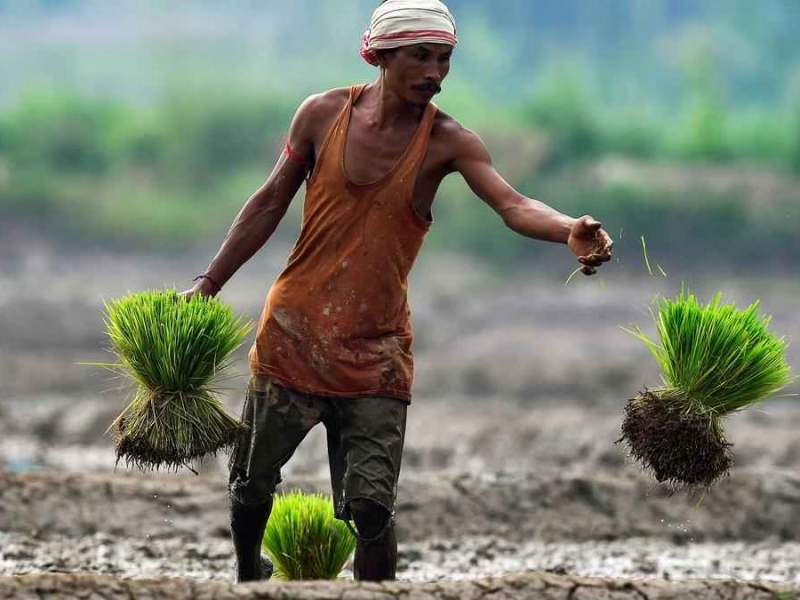India’s Agricultural Project 2047: The ICAR-National Institute of Agricultural Economics and Policy Research (ICAR-NIAP) has unveiled a new policy paper, Indian Agriculture to 2047: Reshaping Policies for Sustainable Development. This forward-looking report outlines key projections, highlighting a future where India’s food demands will more than double, driven by a growing population and evolving dietary habits. To ensure long-term food security and sustainability, India’s agricultural strategies must undergo significant transformation.
Rising Nutritional Needs: Food Demand Forecast in Agricultural Project 2047
By 2047, India’s total food consumption is expected to more than double. What’s more striking is the steep rise in demand for nutrient-rich foods like fruits, vegetables, and animal products. Here are a few projections:
- Fruits: Demand projected to reach 233 million tons
- Vegetables: Estimated to rise to 365 million tons
- Pulses: Expected to double to 49 million tons
These figures reflect a shift in consumer behavior towards healthier, more diverse diets—fueled by urbanization and increasing income levels.
Shrinking Farmland, Rising Pressures
Despite booming food demand, India faces a worrying trend: a reduction in available agricultural land. The total land under cultivation is expected to decline from 180 million hectares to 176 million hectares. Meanwhile, the average landholding size may shrink to 0.6 hectares, making it harder for farmers to operate profitably or achieve economies of scale. With less land available, cropping intensity is expected to increase to meet food requirements.
Strategic Resource Shifts Are Crucial
To align agricultural production with nutritional and market needs, India must reallocate resources wisely. This means:
- Reducing reliance on staples like rice and wheat
- Promoting the cultivation of fruits, vegetables, pulses, and oilseeds
Such a transition will help balance supply-demand dynamics, reduce nutritional deficiencies, and make better use of available resources.
Economic Growth to Power the Transition
India’s development goals hinge on robust economic performance. To meet the demands of a projected 1.6 billion people by 2047, the economy must grow at an annual rate of about 8%. Urbanization will also accelerate, with nearly 50% of the population living in cities, shaping new consumption patterns and increasing the demand for fresh, quality food.
Balancing Growth with Sustainability
Meeting rising food demands will come with environmental trade-offs. Agricultural practices will need to adapt:
- Cropping intensity could rise from 156% to 170%
- Water use, already at 83% of total consumption, may increase by another 18%
Without sustainable farming methods, these pressures could strain India’s water and energy systems. Future policies must therefore integrate climate-resilient and resource-efficient practices.
Climate Change: A Major Risk Factor
Climate change remains one of the most significant threats to agricultural productivity. Over the past five decades, extreme weather events have slowed productivity growth by about 25%. Looking ahead, more frequent droughts, floods, and heatwaves are expected, potentially disrupting food production and endangering national food security.
Navigating a Complex Future
India’s path to agricultural sustainability by 2047 is marked by both opportunities and challenges. From shrinking land resources and climate threats to shifting food preferences, the sector must innovate and adapt. With bold policy shifts, smarter land use, and a focus on nutrient-rich crops, India can ensure a secure, sustainable, and nutritious food future for its people.












